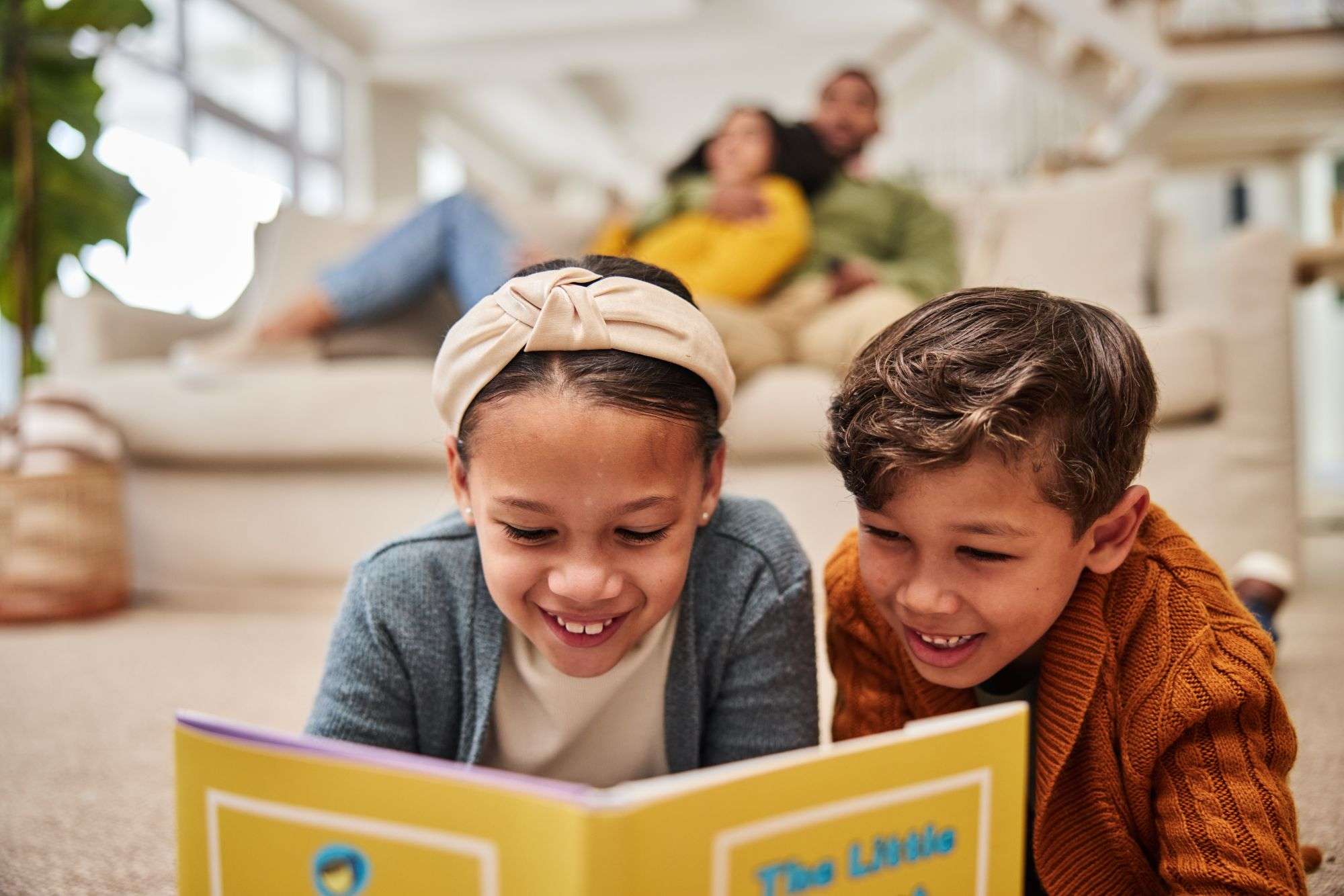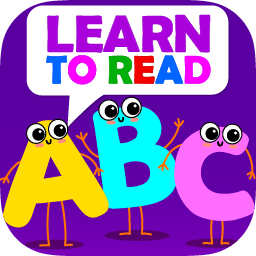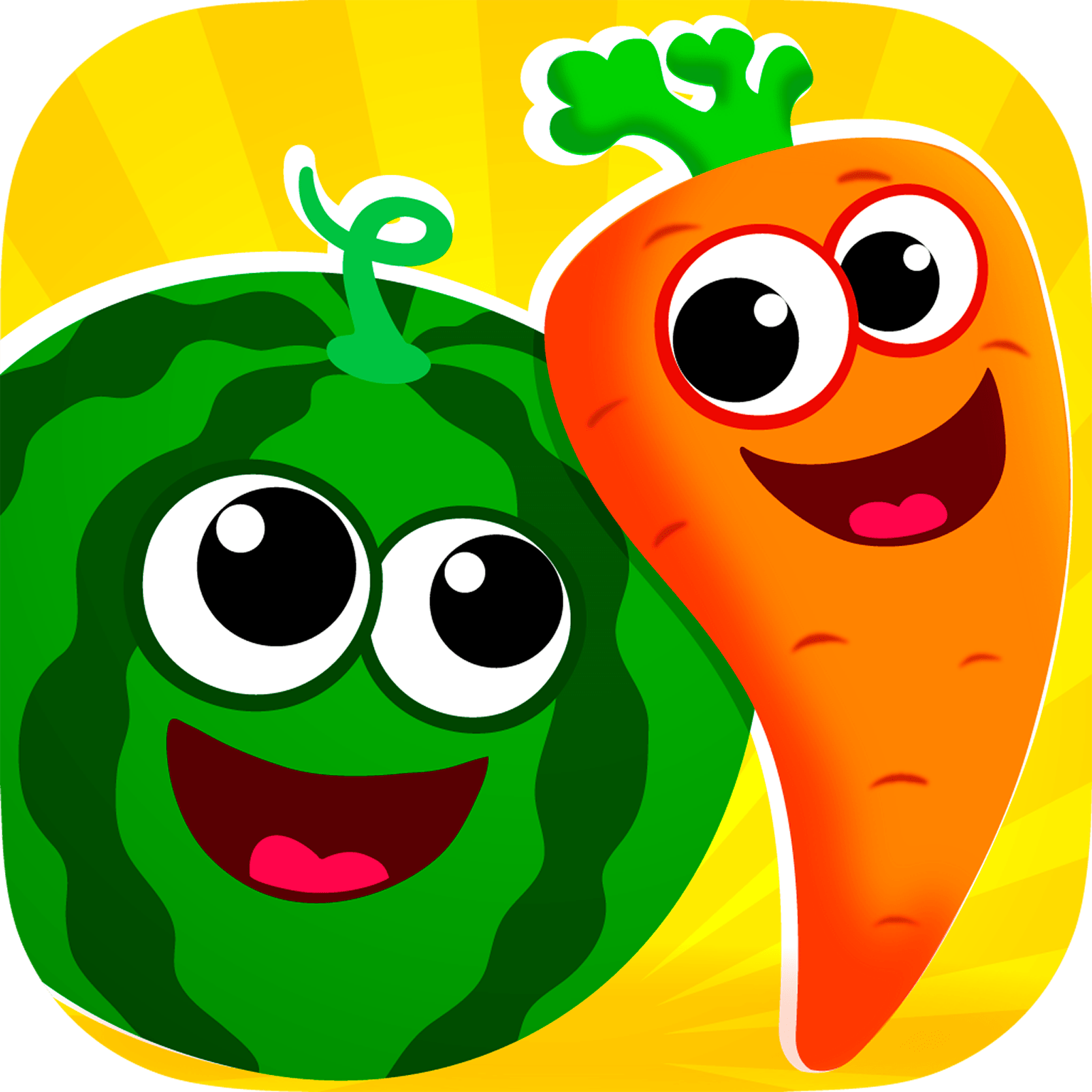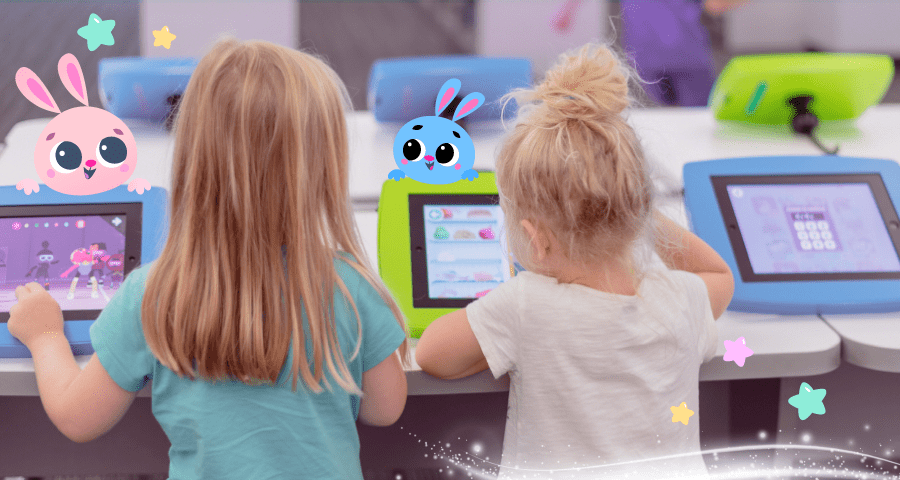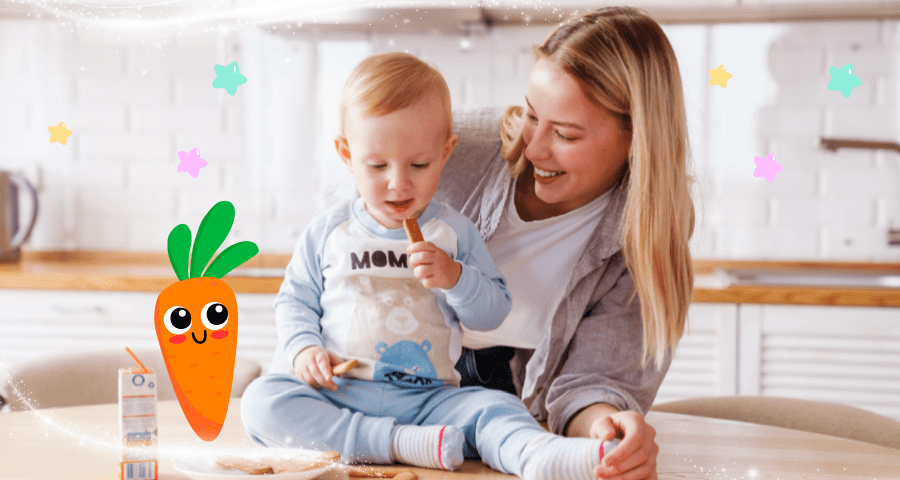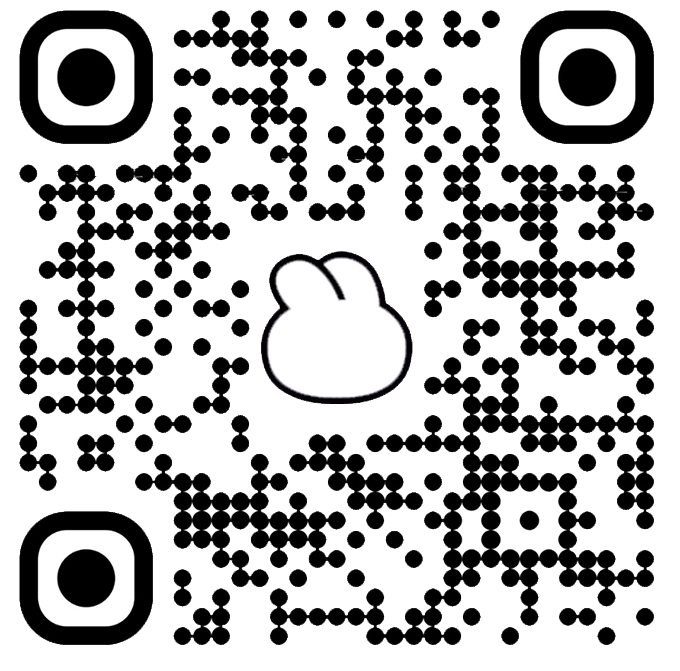Reading is a critical milestone in a kid’s development. Parents often wonder: What age should a child read fluently? While every kid is unique, understanding the general timeline can help you support their progress effectively.
At What Age Do Kids Read?
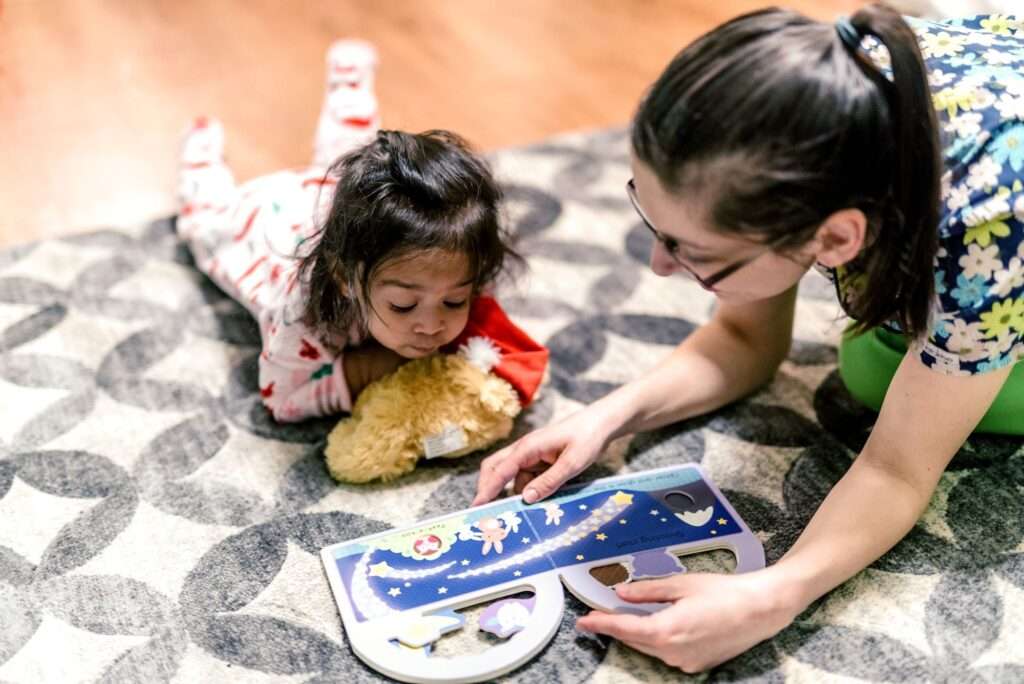
Children typically begin to show interest in reading around the age of 3 or 4, often through exposure to books, letters, and storytelling. At this stage, they may enjoy flipping through picture books, recognizing familiar logos, and mimicking reading behaviors.
By kindergarten (age 5 or 6), most kids start recognizing sounds and letters, which are foundational skills for reading. They may begin decoding simple words and understanding the connection between spoken and written language.
However, fluent reading—the ability to read smoothly and comprehend what is being read—usually develops later. For many children, this happens between the ages of 7 and 8. By third grade, most kids are expected to read independently and understand age-appropriate texts. This shift is often referred to as the transition from “learning to read” to “reading to learn.”
What Age Should Kids Be Able to Read?
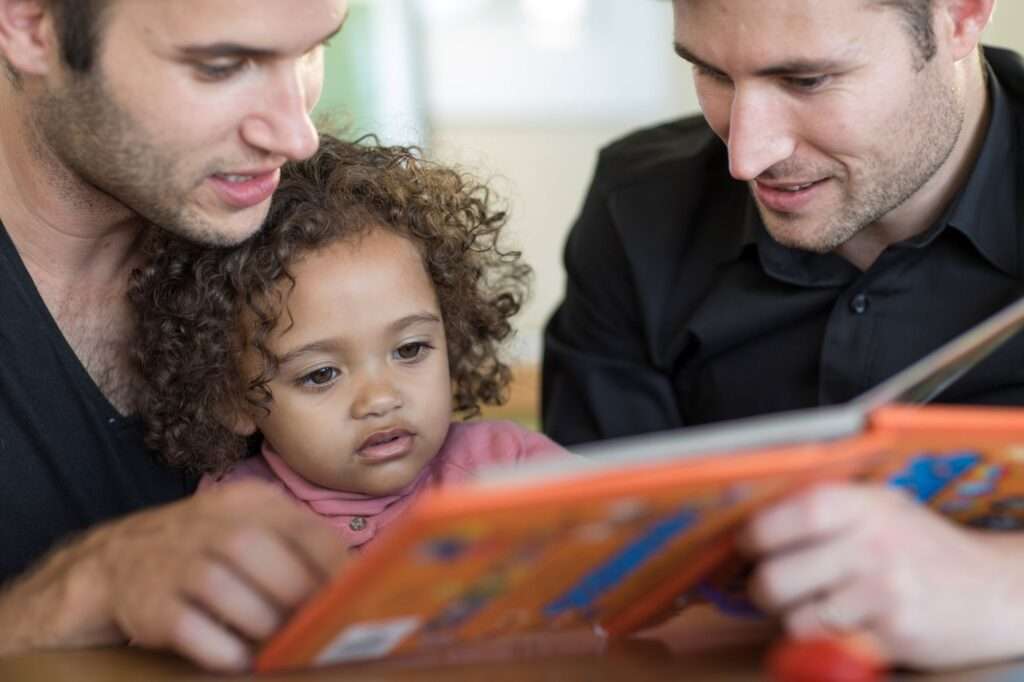
It’s important to distinguish between learning to read and reading fluently. Here’s a general guideline:
- Ages 3-5: Kids explore books, recognize letters, and begin learning phonics. They might be able to identify their name, recite the alphabet, and recognize rhyming words.
- Ages 5-6: Early readers start blending sounds to form words and reading simple sentences. They may enjoy beginner books with repetitive text and pictures for context.
- Ages 6-7: Many children begin reading short stories and developing comprehension skills. At this stage, they often start to sound out unfamiliar words and rely less on pictures for understanding, helping expand their vocabulary.
- Ages 7-8: Fluency improves, and kids read longer texts with understanding. They can tackle chapter books and begin to enjoy reading as a leisure activity.
While these ages serve as a roadmap, some children may read fluently earlier or require additional support to reach this stage. Factors like exposure to books, learning styles, and developmental readiness all play a role.
At What Age Should Kids Know How to Read?
By age 6 or 7, most kids have acquired basic reading skills, such as decoding words and understanding simple sentences. If a child struggles beyond this age, it may be beneficial to explore possible reasons, such as learning differences, and provide targeted support.
Signs that your little one might need additional help:
- Problems with recognizing letters or sounds.
- Trouble blending sounds to form words.
- Avoidance of reading or frustration during practice.
Early intervention is key. With the optimal resources, most kids can overcome challenges and build strong reading skills.
At What Age Can Children Read Independently?
Independent reading often begins around the age of 7. At this stage, children can pick up a book, read it on their own, and grasp its meaning. They may still need help with challenging words or concepts, but their confidence and skills grow with practice.
To nurture independence:
- Offer books that match kids interests and level.
- Provide a comfortable reading space. This helps create a positive environment for practice.
- Celebrate their achievements to build confidence. A sticker chart or praise for completing a book can go a long way in motivating young readers.
When Should a Child Be Reading Fluently?

Fluent reading usually develops by age 8 or 9. Fluency means a child can read aloud smoothly, with proper intonation, and understand the material.
If your kid is not reading fluently by this age, consider these steps:
- Seek support: A reading specialist or tutor can help address specific challenges. They may use targeted strategies to improve decoding, comprehension, or fluency.
- Practice regularly: Daily reading time strengthens skills and builds confidence. Aim for 20 minutes a day of reading aloud or silent reading.
- Be patient and attentive: Each child develops at his own pace. Avoid comparing your child to their peers, and focus on their individual progress.
How Parents Can Support Reading Development
It’s common for siblings to develop reading skills at different rates. Every child is unique, and several factors can influence when and how they learn to read:
- Learning style: Some kids are visual learners and pick up reading by seeing words, while others need hands-on activities to understand letters and sounds.
- Interest levels: A child who loves stories or books may be more motivated to learn, while another may prefer different types of play.
- Developmental differences: Kids’ brains develop at their own pace. Even if they grow up in the same environment, one child might be ready to read earlier than another.
- External factors: Things like classroom environment, teacher style, or access to reading materials can impact learning.
To support both children:
- Focus on their individual strengths and needs.
- Avoid comparisons—celebrate each child’s progress.
- Keep reading fun and pressure-free.
With patience and encouragement, both kids will develop the reading skills they need in their own time.
Encouraging Lifelong Reading Habits
Understanding what age a child should read fluently can help you set realistic expectations and provide the right support. Every child’s journey is unique, but with encouragement and patience, they’ll discover the joy of reading.
As your child grows, continue to foster a love for books by:
- Find books that reflect your child’s hobbies and passions.
- Discussing stories to deepen comprehension and critical thinking.
- Introducing a variety of genres.
- Reading together as a family
- Celebrating milestones, like finishing a challenging book or exploring a new genre.
By creating a supportive and engaging environment, you can help your child become a confident, fluent reader who enjoys the lifelong benefits of literacy.
How Learning Apps Help Kids Improve Their Reading
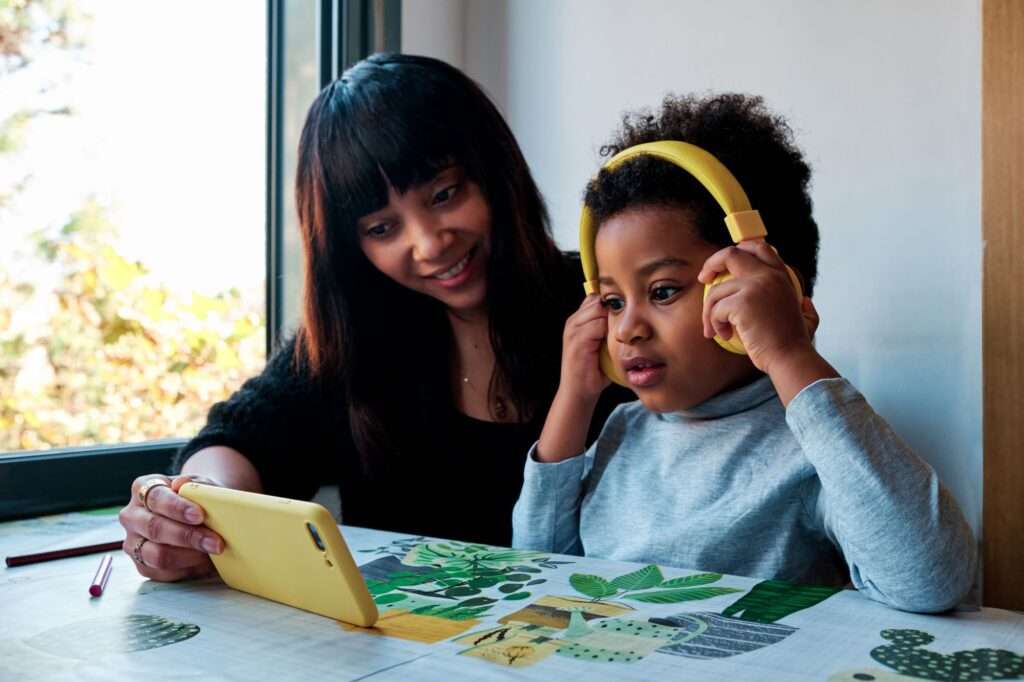
Learning apps can be a fantastic tool for helping kids improve their reading skills. They offer engaging, interactive activities that make learning fun and exciting. Apps like Bini Games Apps are particularly effective for preschoolers. These apps help young children learn letters, sounds, and ABCs in a playful and engaging way. Kids can read their first words while exploring vibrant worlds filled with funny characters, puzzles, drawing activities, and thrilling adventures.
Using apps like these gives children a chance to practice at their own pace and build confidence in a stress-free environment. They also keep kids entertained while reinforcing key reading skills. If you’re looking for a fun and effective way to support your child’s reading journey, consider exploring Bini Games Apps today. Start making learning an adventure your child will love!

